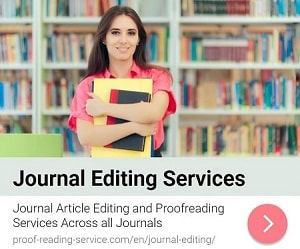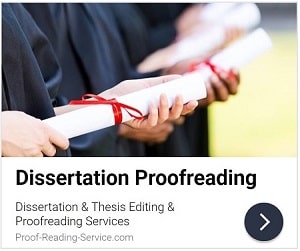Writing a journal paper requires adherence to specific formatting guidelines set by the target journal. While journals provide their own author guidelines, using published articles as references can help streamline the formatting process. By analyzing the structure, style, and citation patterns of previously published papers, authors can ensure their submissions align with journal expectations. This article explores the best practices for formatting a journal paper using published articles as guides.
1. Understanding the Importance of Formatting
Proper formatting enhances the readability, credibility, and acceptance potential of a journal paper. Journals have stringent guidelines to maintain consistency across published works, which helps readers navigate articles efficiently. A well-formatted paper demonstrates professionalism and adherence to scholarly standards.
2. Selecting the Right Reference Articles
To use published articles as formatting references, choose papers from the same journal where you plan to submit your manuscript. Consider the following factors:
- Recent publications: Formatting guidelines evolve over time; therefore, select articles published within the last two to three years.
- Same article type: Compare your manuscript with articles of the same type (e.g., research articles, review papers, short communications).
- High-impact papers: Articles from well-cited authors or reputable researchers often adhere strictly to journal guidelines.
3. Formatting the Main Sections
a. Title and Abstract
- Analyze the structure of published titles—check the preferred length, use of colons, and specific terminology.
- Review abstracts to determine if they follow a structured (Objective, Methods, Results, Conclusion) or unstructured format.
b. Introduction
- Observe how authors introduce their research problem, cite relevant literature, and state their objectives.
- Note the typical length and placement of citations in introductory sections.
c. Methods Section
- Review how authors describe their methodologies, whether they use subsections, and the level of detail provided.
- Identify how statistical analyses and ethical considerations are reported.
d. Results and Discussion
- Assess whether results are presented with or without interpretation.
- Observe how figures, tables, and supplementary materials are integrated.
- Note how authors compare their findings with existing literature in the discussion section.
e. Conclusion
- Examine how authors summarize key findings and suggest future research directions.
- Identify whether conclusions are brief or detailed.
4. Formatting Citations and References
Different journals follow distinct citation styles (e.g., APA, IEEE, Harvard). To format references correctly:
- Check the reference formatting of published articles to ensure compliance with the required citation style.
- Observe how in-text citations appear—whether as numbers [1] or author-date formats (Smith, 2020).
- Compare reference list formats, including the order of elements such as author names, journal titles, volume numbers, and DOIs.
5. Figures, Tables, and Equations
- Review how figures and tables are placed within published articles—whether they appear within the text or at the end.
- Check if figure captions are concise or detailed.
- Observe how equations are numbered and formatted (e.g., inline vs. displayed equations).
6. Adapting to Journal-Specific Formatting Styles
Journals often provide formatting templates, but aligning your paper with published articles ensures finer adherence to journal style. Pay attention to:
- Font and spacing: Identify the font type (e.g., Times New Roman, Arial) and spacing (single or double-spaced) used in published articles.
- Heading styles: Check whether articles use numbered or unnumbered headings.
- Word limits: Assess the typical word count of different sections to keep your manuscript concise.
7. Checking Consistency and Accuracy
- Ensure that section headings match the journal’s style.
- Maintain consistency in figure numbering, citation formatting, and abbreviation usage.
- Use software like EndNote or Mendeley for citation management to match journal specifications.
8. Final Proofreading and Submission
Before submission:
- Compare your manuscript with multiple published articles to verify consistency.
- Use grammar-checking tools like Grammarly or Hemingway Editor to refine clarity.
- Follow the submission checklist provided by the journal.
Conclusion
Formatting a journal paper using published articles as references is a strategic approach to ensuring compliance with journal guidelines. By closely analyzing structure, citation style, and visual elements, authors can improve their chances of acceptance. Combining published articles with the journal’s official formatting instructions provides a comprehensive roadmap for effective manuscript preparation.
Following these practices will not only enhance the readability of your paper but also align it with the expectations of journal editors and reviewers, increasing its chances of publication success.














